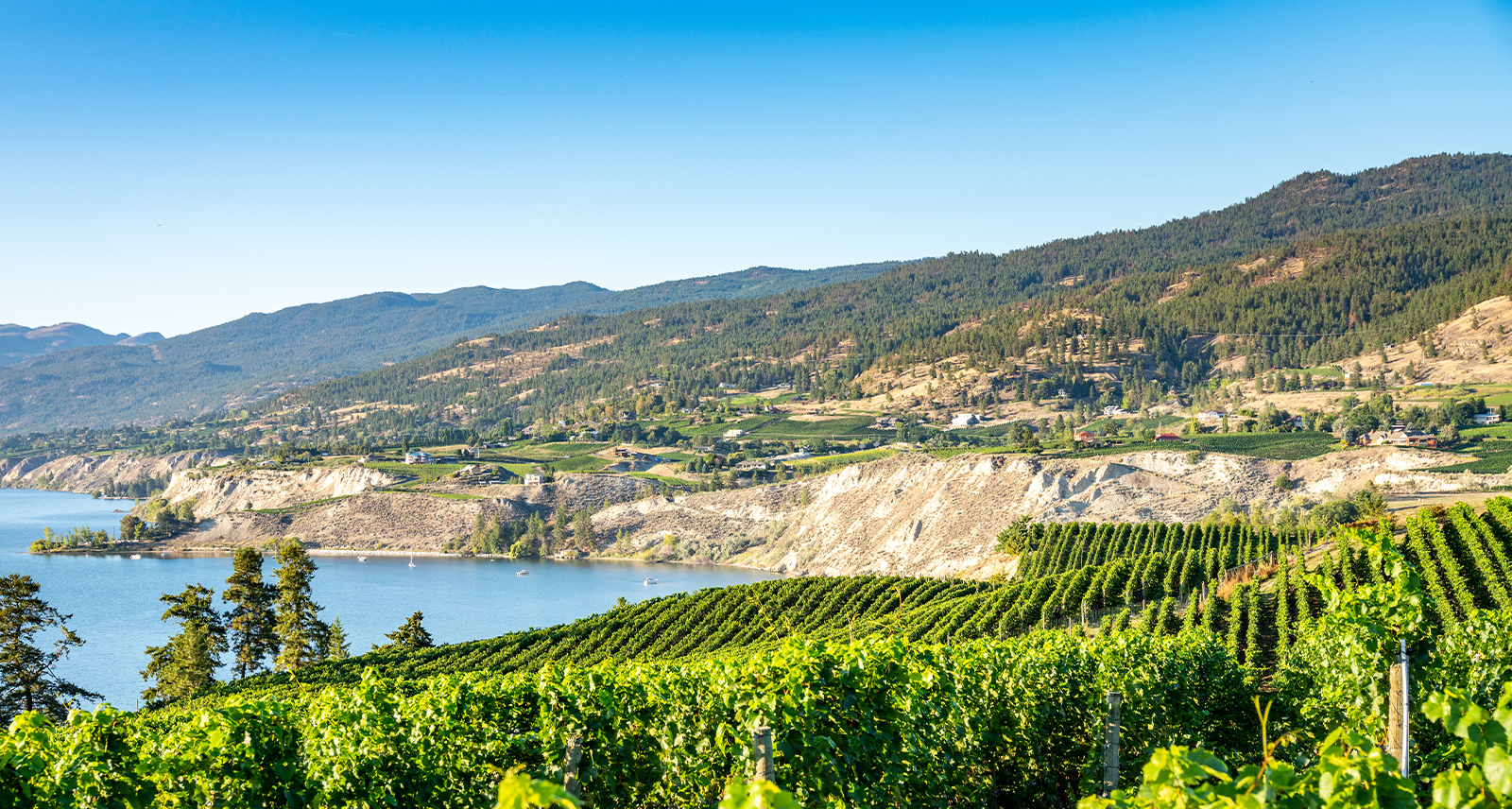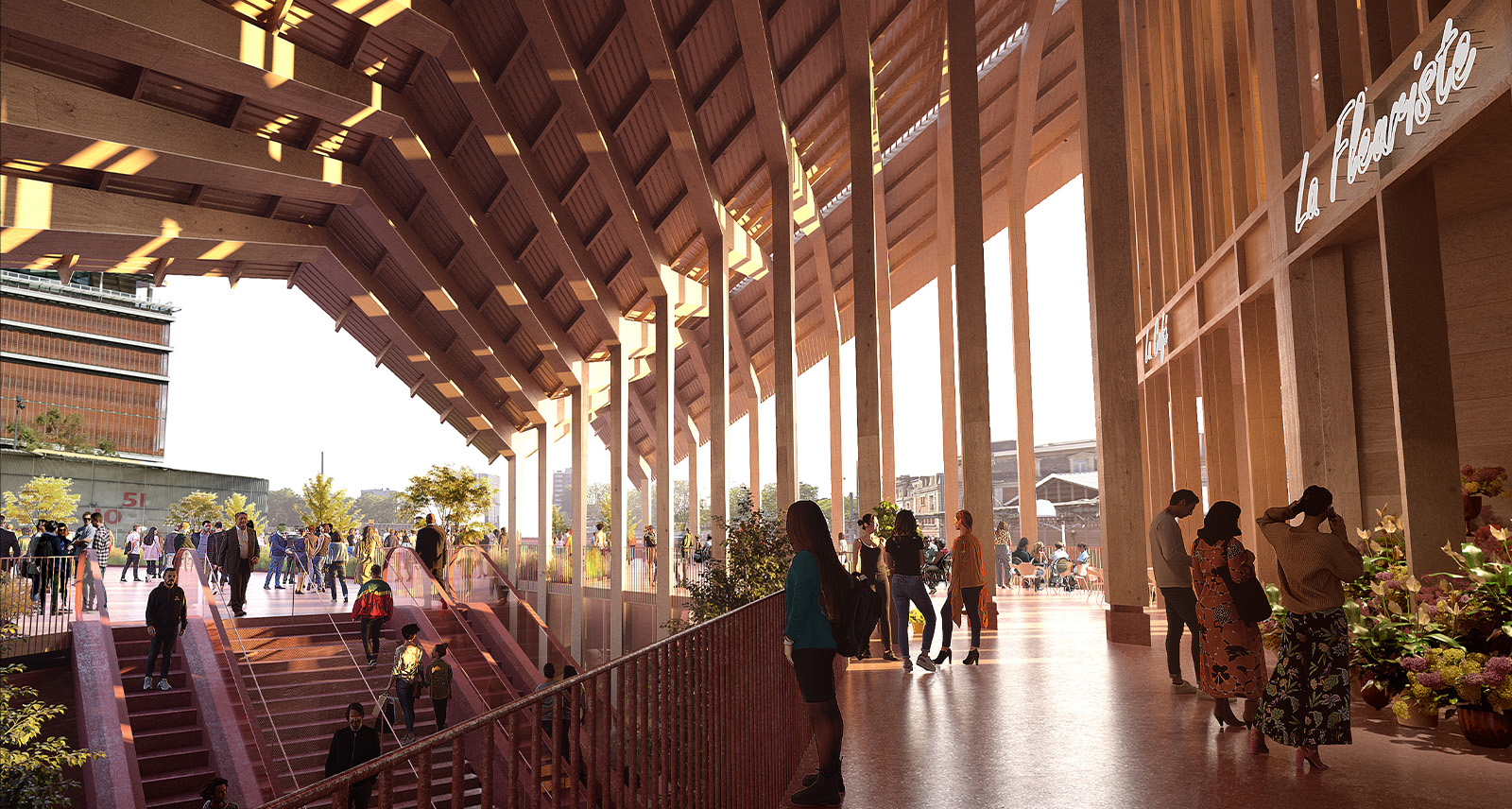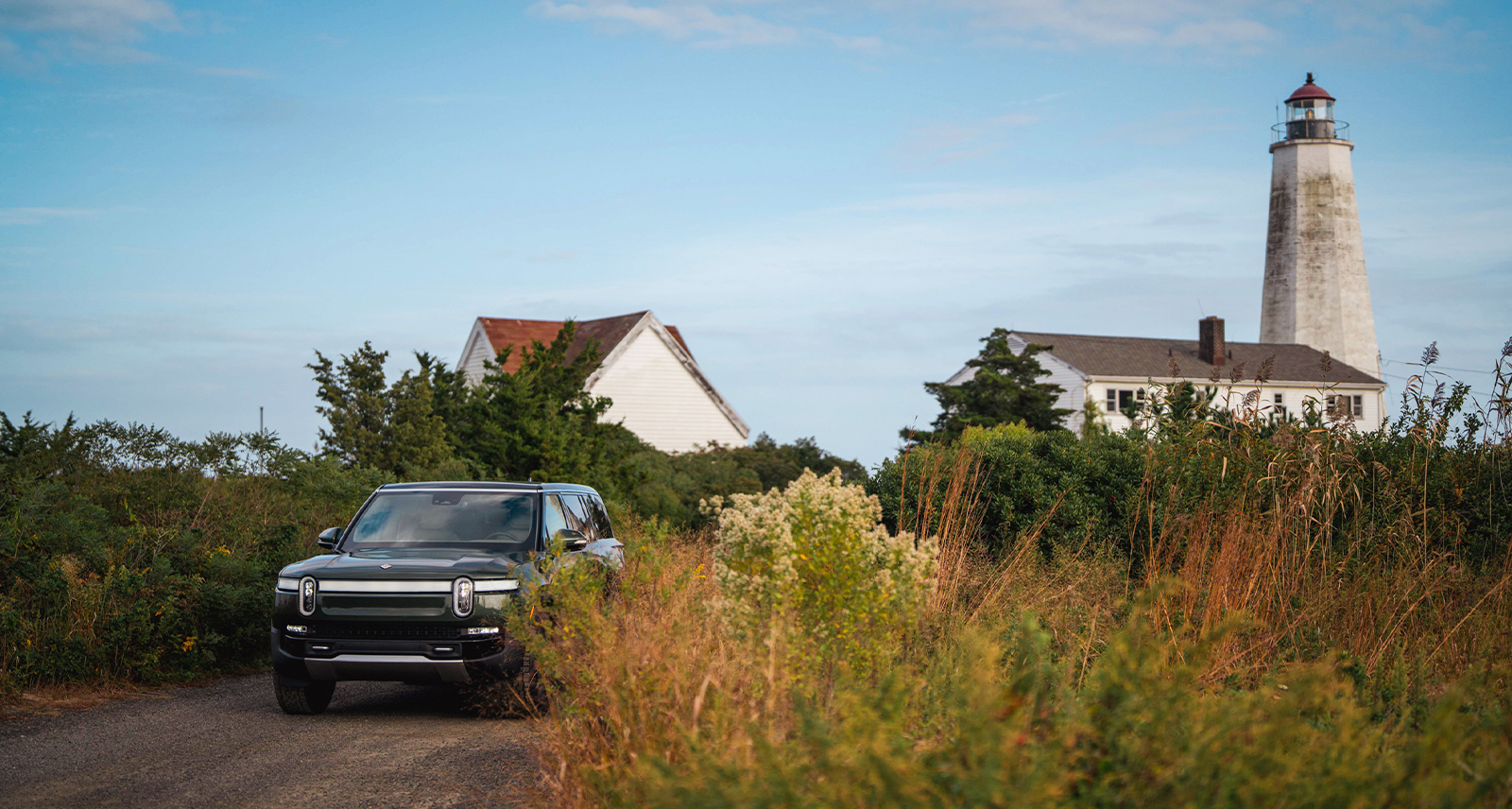Okanagan Valley Winemaking: North vs South
SHARP & Iconic Wineries of British Columbia
“Fruit concentration in our wines comes easily. Finesse doesn’t. A gentle hand is required to make elegant wines,” notes Okanagan winemaker Shane Munn. While he describes the region as “extreme,” if anyone has got a handle on the subtle art of finesse, it’s Munn. The winemaker has a multitude of elegant wines to his name under the esteemed Martin’s Lane label.
Canada’s Okanagan Valley is often dubbed the “Napa of the North.” While that’s certainly cute, British Columbia’s premier grape growing region is a whole different fruit basket. With 11 different subregions over a 250 kilometre stretch, each with varying climates and soils, it can be difficult to define a textbook ‘style’ for the designation. One thing is for certain, though: with the growing list of accolades and expanding global recognition for Okanagan wines coming in thick and fast, people are getting thirstier and thirstier for B.C.’s finest.
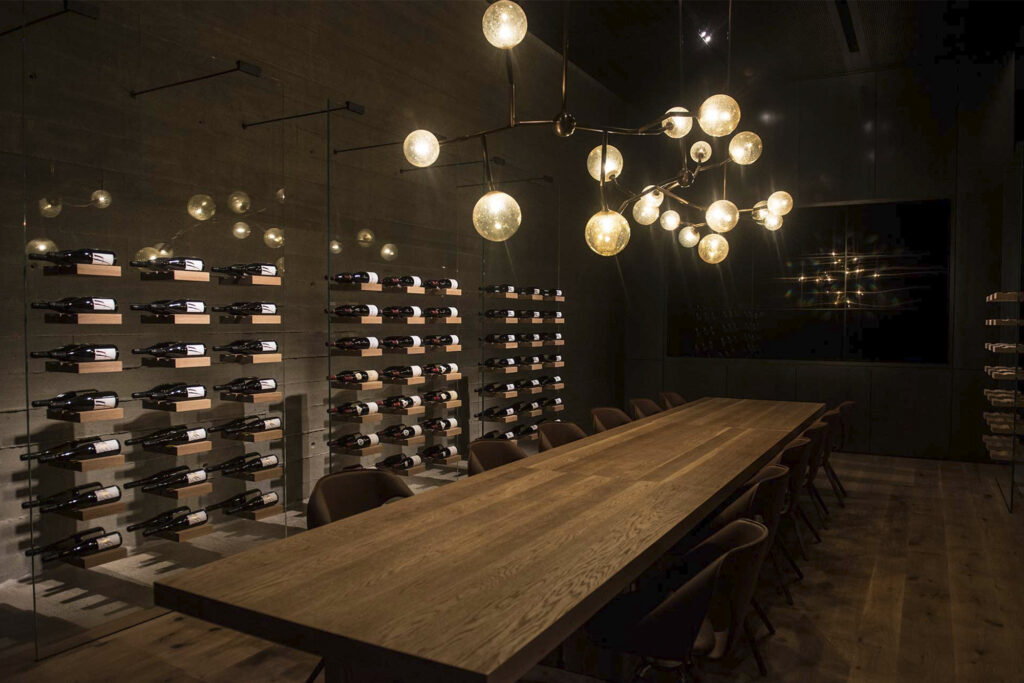
Let’s start with this little known fact: summers in the Okanagan are sweltering. Yep, we might be (rather rudely) considered America’s hat, but in this instance, Canada can keep up with the hot temperatures of the States despite the latitude. While the northern valley is coolest, heat is a key component in the growing conditions of the south, where thermometers have been known to tip 40°C regularly. Nighttime is cooler across the entire stretch, however, allowing grapes to maintain their acidity — the top note of an excellent wine, and a perceivable quality to Okanagan produce as a whole. Speaking on the unique climate across the Okanagan Valley, Rhys Pender, spokesman for Wine Growers of British Columbia and one of just 416 global Master of Wines, said: “the extremes from summer heat to winter cold is unmatched in any wine region I can think of … [but] the natural acidity and vibrant fruit flavours are the envy of many regions.”
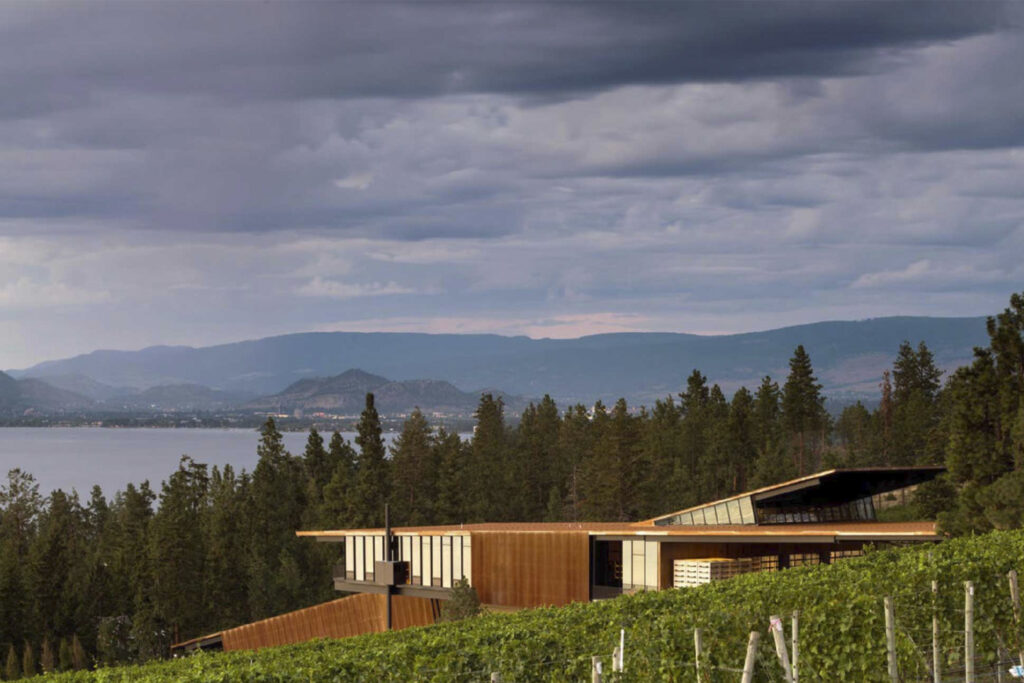
The northern end of the valley sits on the 50th parallel, a rare wine-producing latitude shared with small growing regions like Ahr and Saale-Unstrut, Germany, and Wallonia, Belgium. The southern tip of the Okanagan sits at the 49th parallel, the same latitude as the ever-revered Champagne. While it is rare for wine to shine above 49, the valley — thanks to its characteristic deep lake — generates microclimates, meaning that pinot noirs and rieslings present well in the northern valley. Meanwhile, the south produces some high-quality chardonnays and bolder, Rhone-like styles. The conditions are so contrasting that Munn declared that the Okanagan “almost deserves to be two regions” on a recent episode of the the Grape Mind’s Podcast. When speaking with us, he added that the conditions in the valley are “both hotter, cooler and drier than anywhere I have previously made wine.”
It isn’t just temperatures that vary across the stretch. Thanks to volcanic activity and glacier carving over ten thousand years ago, soil components are equally diverse throughout the valley. At Martin’s Lane, Munn — who moved from New Zealand to B.C. via a stint in Ontario — works with granite heavy soils across his four harvested vineyards. Despite sitting pretty in the cool north, Martin’s Lane sees both the lowest amount of rainfall and the least humidity of any winery in the producing region, which plays a huge role in the viniculture.
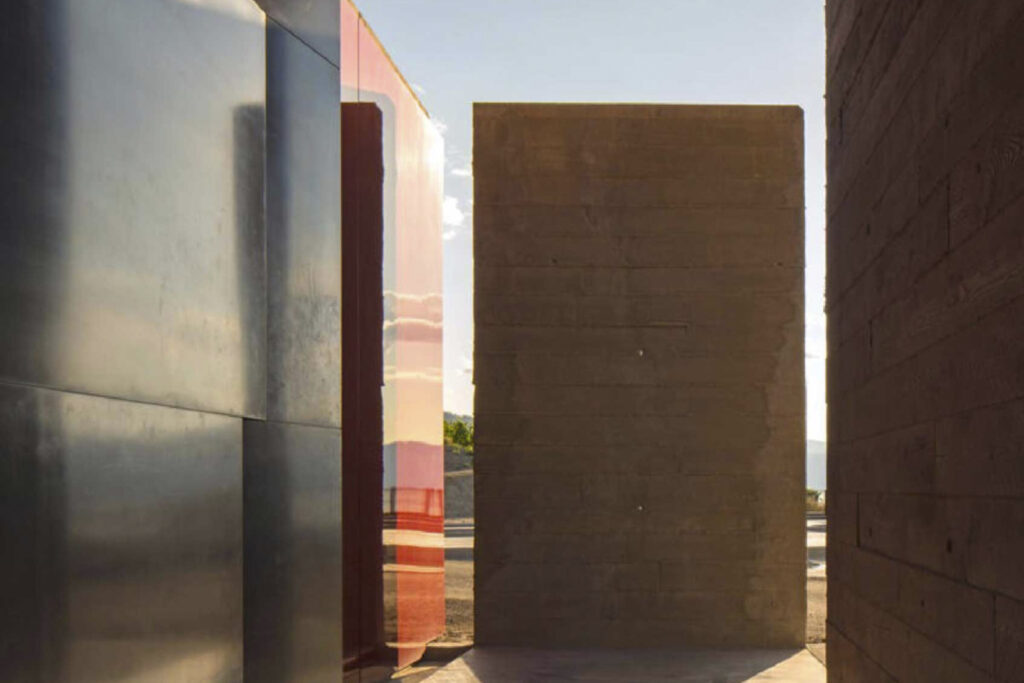
The riesling and pinot noirs coming from Martin’s Lane are nothing short of iconic. Three a piece, the wines have been awarded between 93 and 97 points by none other than Steven Spurrier, the man who is attributed with putting Napa on the global viticulture map in the 1970s. Why so excellent? Well, not only do Martin’s Lane bottle from single vineyards, but the grapes are often farmed from famed singular blocks too. Yields are low, with some plantings of riesling, for example, coming from trusty plantings dating back to 1976. They’re among the oldest, not just in the valley, but in Canada as a whole. When speaking to the terroir, Munn says that the selective approach to growth allows produce to be driven by site and season, making each vintage a unique gift.
The Martin’s Lane Winery building is as iconic as the vines themselves — it’s an architectural marvel, designed to mimic the dramatic growing conditions of the terroir. Sloped, jagged and visually impactful, the building was mindfully created by Seattle architect, Tom Kundig in compendium with founder Anthony von Mandl’s vision. Working with glass, steel and concrete, Kundig chose to create with materials designed to weather and age very much like the fine wines they are housing. Visitation and tastings are by request, so if you are headed to the Okanagan, do make sure to reach out to Martin’s Lane well in advance for a chance to witness the magic first-hand.
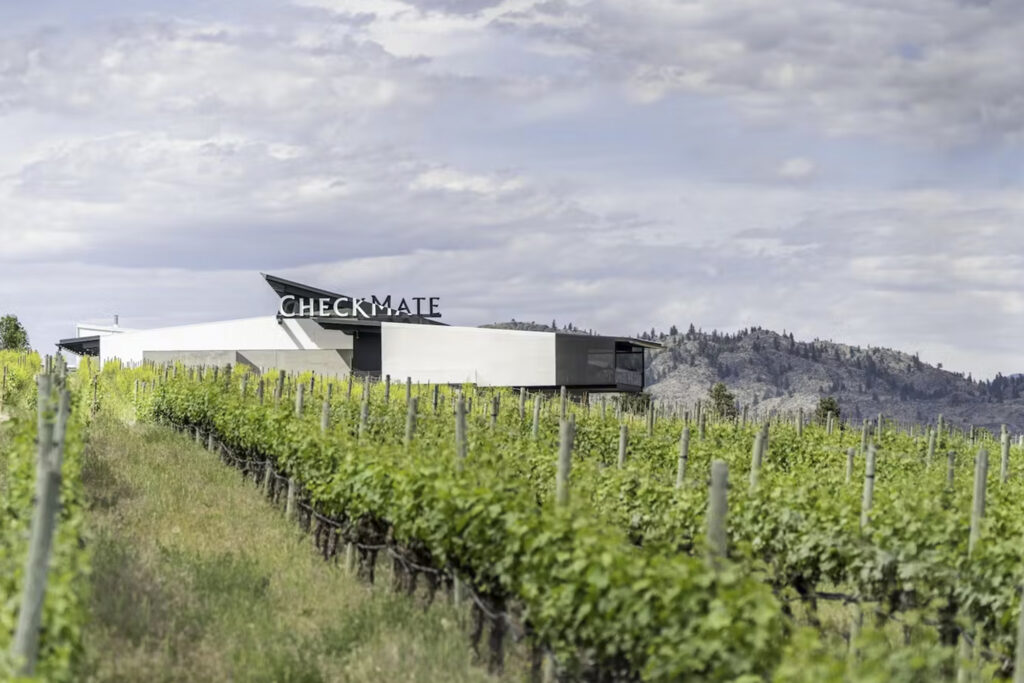
Speaking of stunning architecture and must-visit locations, we cannot stress the cruciality of taking in CheckMate Winery. It’s a beautiful jewel in the Southern Okanagan landscape, some 120 kilometres away from Martin’s Lane in the comparatively more-arid Oliver subregion. Also conceived by Tom Kundig, the black and white design evokes chess — the space’s namesake — as well as the winery’s bold approach to creation. The design also teases at the contrast of black and white grapes; perhaps a homage to CheckMate’s two premier varietals, merlot and chardonnay. Visually arresting, the hillside building is also a marvel in natural lighting, paying tribute to the sunshine that allows for the fruit to grow in the valleys. Here, vine-facing windows direct guests’ attention to the star of the show — the grapes.
Speaking of the process, CheckMate recently welcomed winemaker Spencer Kelly home after a long stint in the Okanagan of the South, most famously known as the Napa Valley (wink wink!). Born and raised in nearby Kaleden, Kelly came of age around the same time that the B.C. wine industry began show promise. When asked what drew him home, he says that it was “the opportunity to make world class wines.” Gathering what he learned in the States and bringing his consistently high-scoring winemaking ability back to his (very complex) home soil, Kelly’s knowledge and love of the unique geography enables him shape the continued trajectory of excellence for CheckMate. Even so, “it takes multiple generations to fully understand a wine growing region,” he said. “So, we still have a lot of work to do.”
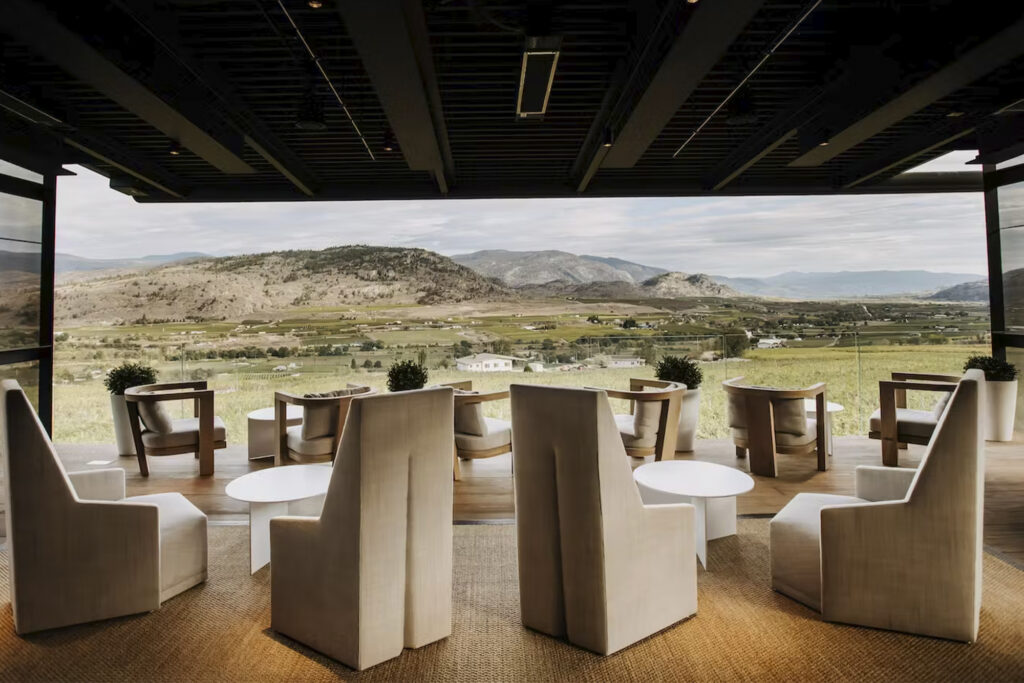
While the grapes and conditions are different, CheckMate is focused on creating singular wines from beloved vineyards — rather like their northern neighbours at Martin’s Lane. Some of the chardonnay vines are approaching a half century old, making them also among the most senior in Canada, and celebrated survivors of the great Okanagan uprooting of the 1970s and 80s. Kelly affectionately declares: “these old vines have a lot of character.”
So, north to south, what are we drinking? Martin’s Lane Naramata Ranch Pinot Noir is frequently praised for its consistent excellence. In 2021, from a blind tasting of 138 Canadian rieslings, Martin’s Lane Fritzi’s Riesling was the joint highest scoring wine across the country. From CheckMate, the 2015 Little Pawn Chardonnay was the first Canadian wine to be awarded 100 points. Although, there’s one downside of the accolade— locating a bottle is somewhat of a challenge these days.
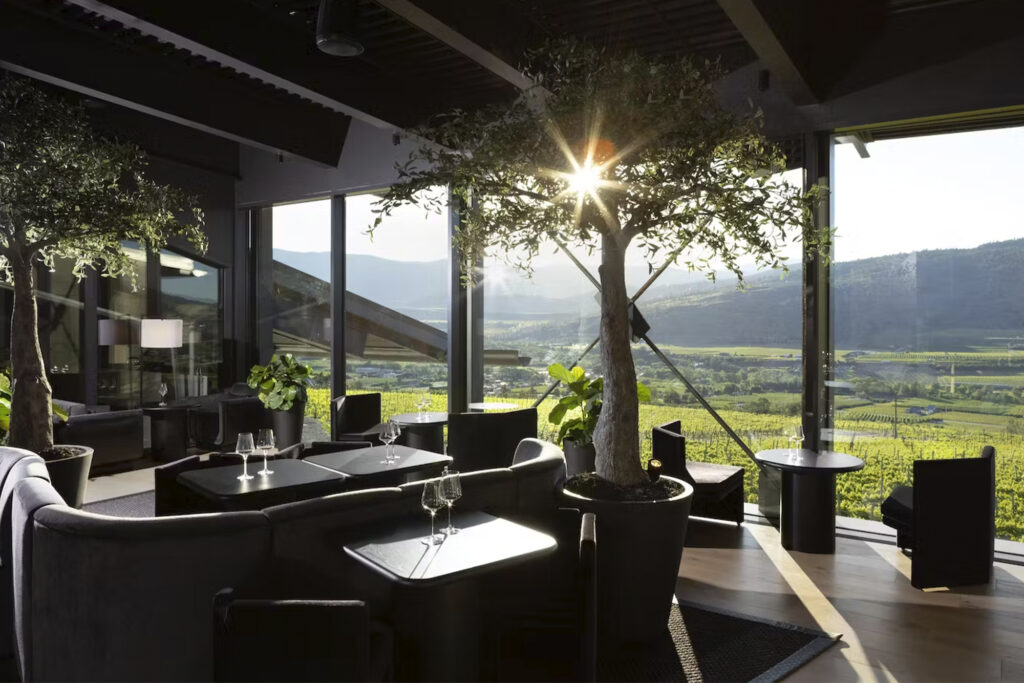
On that note, scarcity is a familiar tale across the Okanagan. If you are reading this from outside of B.C., let alone outside of Canada, you may want to up your private order game. The vast majority of wine produced in the Okanagan stays in British Columbia. According to Laura Kittmer of Wine Growers British Columbia, just 3% is exported internationally. Snagging the goods for ourselves is yet another reason to visit the region, am I right?
It is fair to say that since the Okanagan’s humble beginnings, vintners and wine appreciators have very much shaped the region into what it is today: a celebrated, sought after, relatively low-yield wine mecca which mostly sells in-province. While there are marked differences from north to south, one thing we can all agree on is that yield from this special place is bright in acidity and high in demand. As the consumer appetite for Okanagan Valley wine continues to increase beyond supply, we’re very excited to see how the region shapes the Canadian wine narrative. It’s our era, baby.
